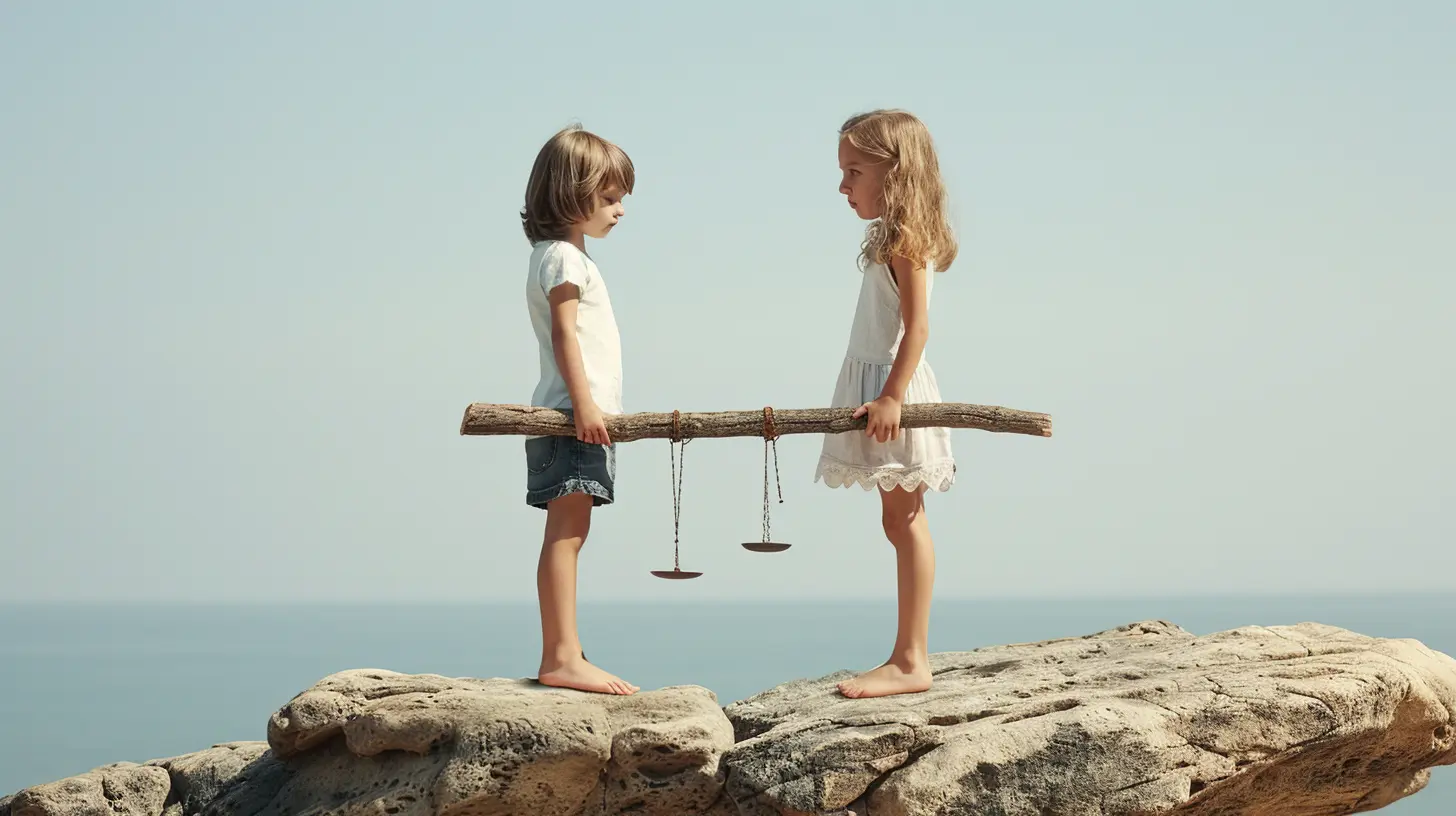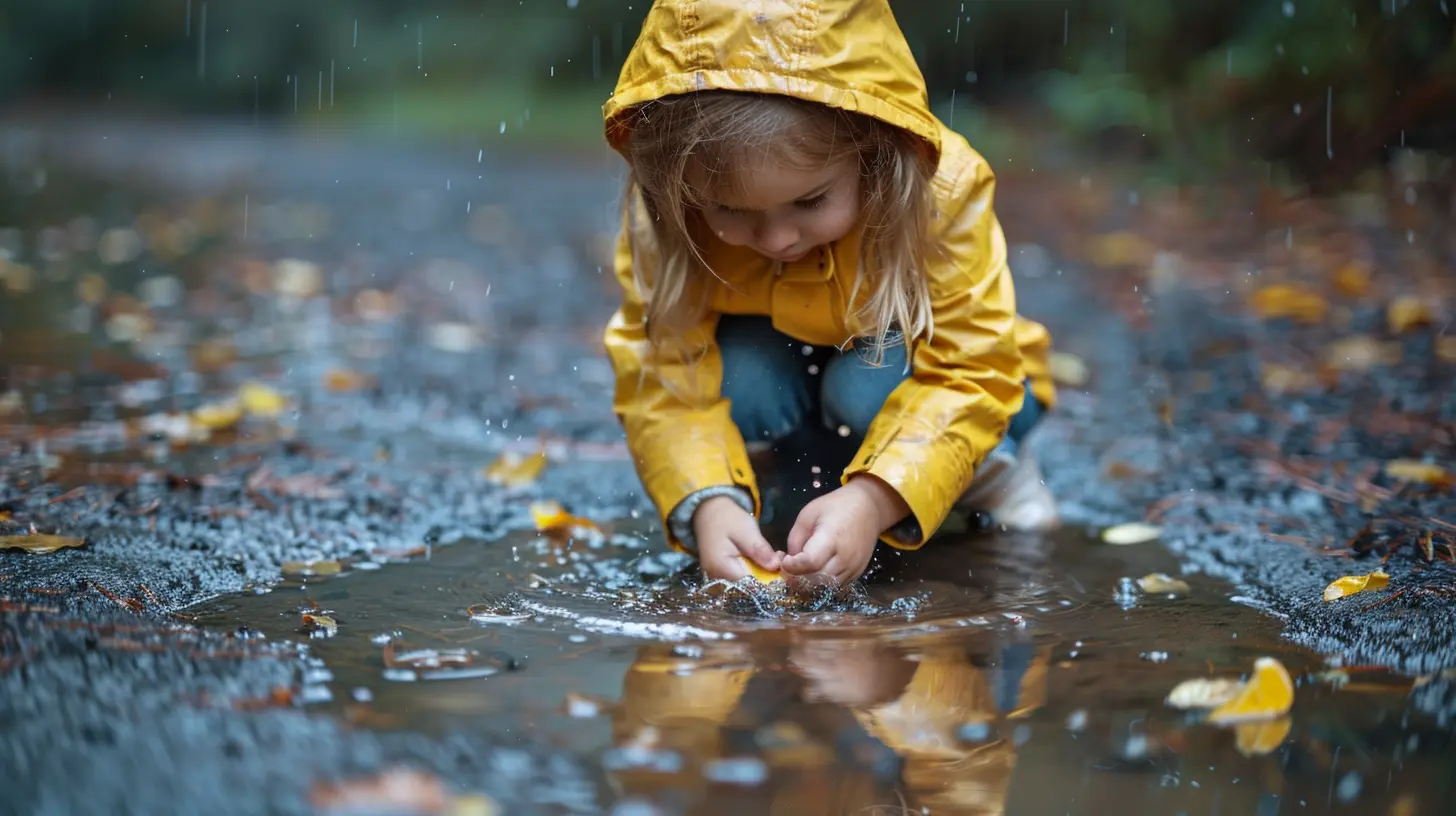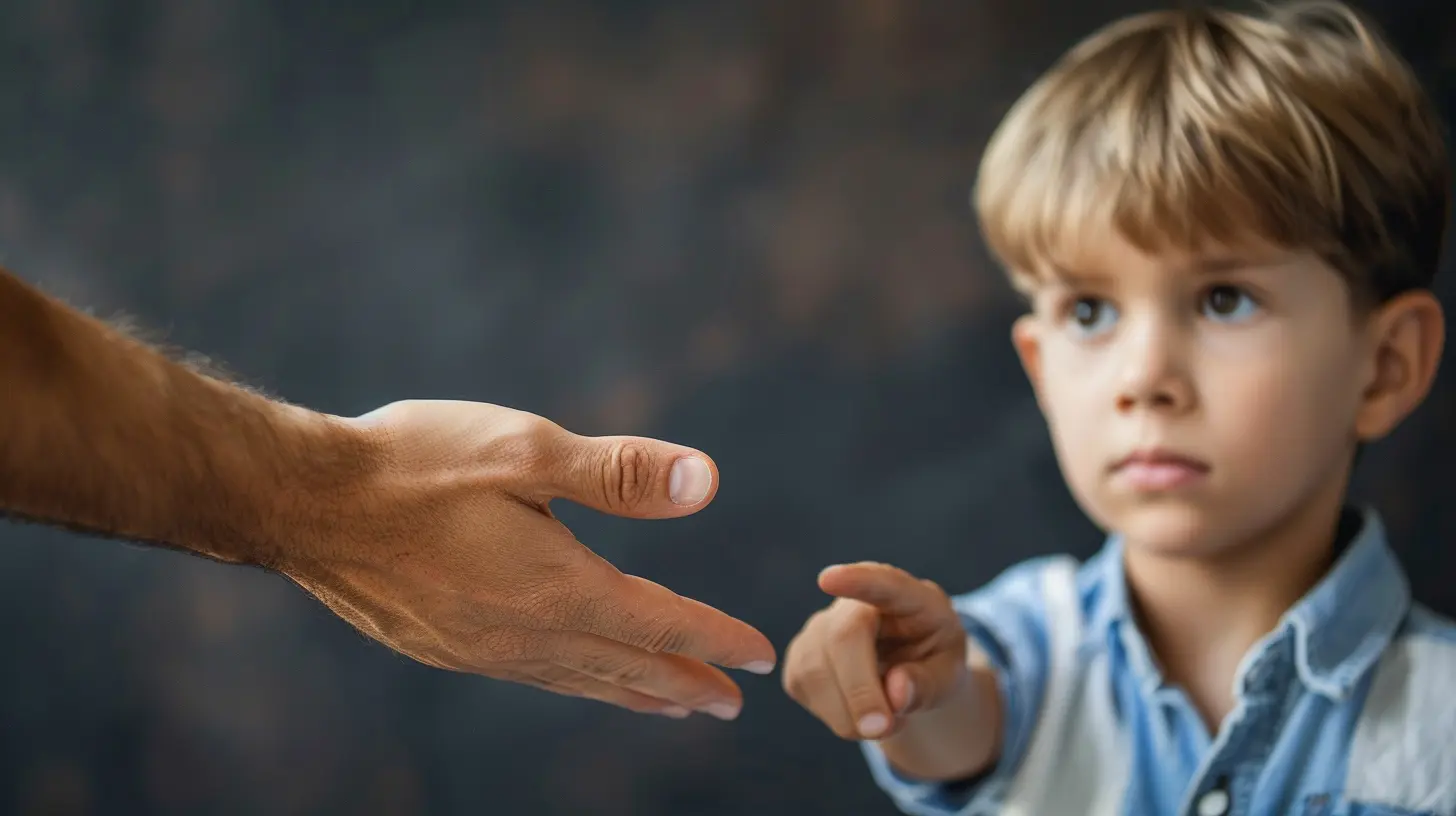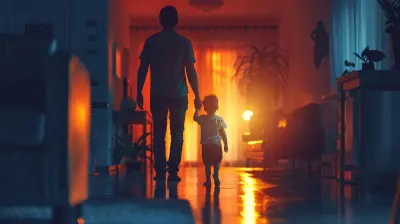Using Natural Consequences to Teach Responsibility
3 October 2025
Parenting isn’t for the faint of heart. Between the sleepless nights, the endless laundry, and the daily “what's-for-dinner” debates, raising responsible kids can feel like trying to herd cats in a windstorm. But what if I told you there’s a surprisingly simple and effective way to teach kids to take ownership of their actions? Enter: Natural Consequences.
Yep, you read that right. Not punishments, not bribery, not 40-minute lectures that make your child’s eyes glaze over—just letting life teach the lesson. Sound too good to be true? Stick around. You’re about to see how powerful this parenting approach can be.
What Are Natural Consequences?
Let’s start with the basics. Natural consequences are the outcomes that happen on their own when a child makes a choice. There’s no need for you to impose a punishment or lecture endlessly. Life steps in and does the teaching for you.For example:
- If your child refuses to wear a coat on a chilly day, they’ll feel cold.
- If they don’t eat dinner, they’ll be hungry later.
- If they leave their bike outside and it gets rained on, it might rust or get stolen.
These are not punishments; they’re just the natural result of the choices made. And that’s exactly what makes them so effective.
Why Natural Consequences Work Like Magic
Natural consequences work because they’re real. They’re not arbitrary or forced. Kids aren’t thinking, “Mom’s just being mean” — instead, they’re connecting actions with outcomes.Here’s why they’re so powerful:
- They build accountability
Kids start to realize that their choices have direct impacts — on themselves.
- They encourage problem-solving
Oops, you forgot your homework again? What can you do differently next time?
- They reduce power struggles
You’re not the bad guy. Life is the teacher in this case.
- They pave the road to independence
When kids learn from experience, they become better decision-makers.
The Difference Between Natural and Logical Consequences
Now, before you grab your coffee and think, “Cool, I’ll just sit back and let life do the parenting,” let’s get one thing clear. Not every situation calls for natural consequences alone.Sometimes, natural consequences aren’t safe or immediate enough. That’s when logical consequences come into play.
Think of it like this:
- Natural consequence: Your teen doesn’t set their alarm and misses the school bus. Now they’re late and have to deal with the school’s tardy policy.
- Logical consequence: If riding to school becomes a daily issue, maybe they lose phone time in the evening to go to bed earlier.
Logical consequences are still connected to the behavior, but they involve your intervention. Use them when natural consequences aren’t enough — just make sure the consequence makes sense.
When to Use Natural Consequences (And When Not To)
Natural consequences are great… most of the time. But like any parenting tool, they’re not one-size-fits-all.✅ Situations Where Natural Consequences Work
- Forgetting to do homework- Refusing to wear proper clothing
- Not packing for school
- Spending all their allowance too fast
- Neglecting chores
These are low-risk situations where the lesson is impactful but not harmful. Let kids feel the discomfort and connect the dots.
❌ When You Should Step In
There are times when natural consequences are not safe or appropriate:- Running into the street without looking
- Hitting a sibling
- Dangerous behavior like climbing high furniture
- Skipping school entirely
In these situations, natural consequences might be too delayed or risky. That’s when your parental guidance and logical consequences are essential.
How to Let Natural Consequences Happen Without Losing Your Mind
Let me be real for a second. As a parent, watching your child struggle can feel like nails on a chalkboard. You want to fix it. You want to rescue them. But here’s the deal — when you step in too quickly, you rob them of the opportunity to learn.It’s like trying to teach someone to ride a bike but never letting go of the seat.
So how do you let natural consequences play out without losing your cool?
1. Pause Before You React
When your child messes up, take a breath. Ask yourself, “Is this a learning opportunity?” If so, resist the urge to step in right away.2. Offer Empathy, Not Rescue
It’s okay to be empathetic. In fact, it’s super important. Say something like, “That stinks, I bet it’s frustrating to forget homework,” but stop short of solving the problem.3. Let the Discomfort Do Its Job
Discomfort isn’t your enemy here — it’s the teacher. Let your child experience it fully so the lesson sinks deep.4. Avoid the “I Told You So”
You're not scoring points here. You're raising a human. Be supportive, not smug.Real-Life Examples of Natural Consequences in Action
Let’s make this tangible. Here are some everyday examples where natural consequences teach lessons better than you ever could:📱 The Screen Time Slip-Up
Scenario: Your child ignores bedtime because they’re stuck on a game.Natural consequence: They’re tired and cranky the next day, maybe even falling behind in schoolwork or sports.
What to do: Instead of yelling or banning screens forever, mention how tired they seem and let them connect the dots.
🧺 The Laundry Lesson
Scenario: Your teen doesn’t put their clothes in the hamper.Natural consequence: They run out of clean clothes and end up wearing wrinkled or dirty items.
What to do: Don’t wash their clothes for them. Let them feel the social sting (it’s powerful motivation).
🍎 The Lunchbox Blunder
Scenario: Your child skips packing their lunch.Natural consequence: They’re hungry all day at school.
What to do: Offer empathy, but don’t swoop in with a rescue snack. Let them pack it themselves next time.
Teaching Responsibility Without Nagging
Let’s be honest — nagging doesn’t work. In fact, the more we nag, the more kids tune out. But teaching responsibility? That requires strategy.Here’s how to encourage responsibility using natural consequences — minus the drama:
🔄 Offer Choices
Kids crave control. Give them options that lead to consequences.- “You can wear your coat, or you can carry it. Totally your call.”
- “You can do your homework before dinner or after — but it’s your responsibility.”
🧠 Reflect with Them
After the consequence hits, don’t miss the moment — it’s prime learning time.- “What do you think happened?”
- “How did that make you feel?”
- “What could you try next time?”
Their answers will surprise you — kids are smart.
🎯 Be Consistent
The more consistently you let natural consequences happen, the quicker kids learn. Don’t bail them out after three tries — stand strong.The Golden Rule: Progress, Not Perfection
We get it — letting go is hard. Watching your child fail is even harder. But parenting isn’t about perfection; it’s about progress. Every time you let a natural consequence play out, you’re giving your child a priceless gift: the ability to think for themselves.Will they mess up again? Of course. Have you ever made the same mistake twice? (Or five times?) That’s being human.
But each consequence plants a little seed of growth. And over time, those seeds bloom into confidence, self-control, and good ol’ fashioned responsibility.
Final Thoughts: Let Life Be the Teacher
Using natural consequences to teach responsibility isn’t about being mean or neglectful. It’s about trusting the process — and your kid’s ability to rise to the occasion.It’s not always easy. You’ll want to swoop in. You’ll want to shield them from hurt. But take a step back, bite your tongue, and let real-life experiences deliver the lesson.
Because at the end of the day, raising responsible kids isn’t about controlling every move — it’s about preparing them to make smart moves on their own.
And guess what? You’ve totally got this.
all images in this post were generated using AI tools
Category:
Teaching ResponsibilityAuthor:

Liam Huffman
Discussion
rate this article
1 comments
Briar Duffy
In the delicate dance of parenting, natural consequences often whisper the loudest truths. When we step back, what lessons emerge from the shadows? Embracing the unexpected can cultivate resilience and wisdom in our little ones. Sometimes, the best guidance comes not from us, but from the world around them.
October 18, 2025 at 3:19 PM


